
Meet Andrew Munroe, The Narwhal’s web developer
Sitting at the crossroads of journalism and code, we’ve found our perfect match: someone who...
As members of B.C. Premier David Eby’s new cabinet headed to their swearing-in ceremony on Nov. 18, they were greeted by about two dozen people chanting slogans and waving signs that said, “No new pipeline,” “Stop PRGT” and “Respect Gitxsan sovereignty.”
Get the inside scoop on The Narwhal’s environment and climate reporting by signing up for our free newsletter.
While the demonstration outside Government House was small, it served as a reminder that tough decisions await B.C.’s new ministers responsible for the environment and resource extraction.
The Prince Rupert Gas Transmission (PRGT) pipeline is likely to be the first major project decision facing Tamara Davidson, B.C.’s new Minister of Environment and Parks.
Davidson, the rookie MLA for North Coast-Haida Gwaii, is a member of the Haida Nation and the province’s first Indigenous environment minister. She’s tasked with deciding whether or not to send the 800-kilometre PRGT pipeline back to the drawing board for a second environmental assessment following a major route change.
Davidson is far from the only newly minted minister with big environmental and energy decisions ahead.
All but one of the BC NDP cabinet members responsible for the environment and oversight of natural resource development are first-time ministers — and three are first-time MLAs.
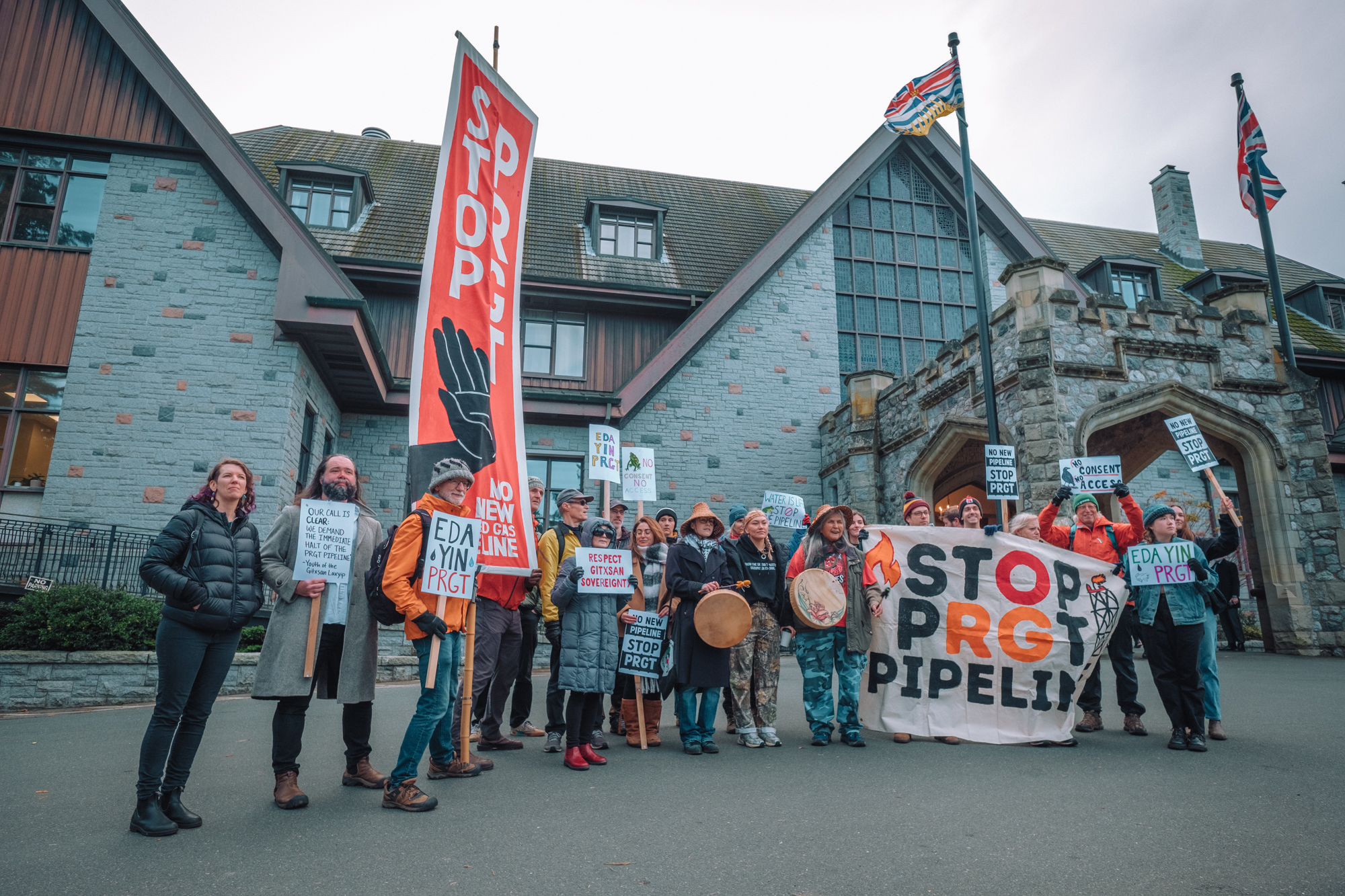
Each new minister is tasked with tackling thorny policy issues, controversial resource extraction projects and high-profile legislation — from the PRGT pipeline and LNG export projects to mining reform, Indigenous Rights and the government’s commitment to help tackle the global biodiversity crisis by protecting 30 per cent of the province by 2030.
Eby’s marching orders to the ministers, known as mandate letters, won’t be public until early 2025.
The premier, whose party squeaked back into power with a slim majority, said the mandate letters will be issued once the BC NDP’s negotiations with the BC Greens have concluded. “We’re in intense conversations with the Greens on how we can work with that party,” Eby told reporters after the new cabinet was sworn in, alluding to his party’s need to garner support from the two Green MLAs to bolster its chances of staying in power for the next four years.
Who are the new ministers responsible for environmental and resource extraction oversight in B.C.? And what are some of the thorny decisions they will soon have to make? Read on.
The PRGT pipeline will transport fracked gas from B.C.’s northeast to the proposed Ksi Lisims liquefied natural gas (LNG) export facility on the Pacific coast near the Alaska border. When the pipeline underwent an environmental assessment a decade ago, it was for a different route to a different LNG project. Despite the pipeline’s name, it will no longer go to Prince Rupert, B.C., but to the Nass estuary at the north end of Pearse Island.
The area is the site of the proposed floating Ksi Lisims LNG export facility, which would be capable of producing up to 12 million tonnes of LNG annually — making it the second-largest LNG facility in B.C. after LNG Canada. Ksi Lisims, backed by the Nisg̱a’a Nation, is still undergoing a provincial environmental assessment and has not yet been approved by the B.C. government.
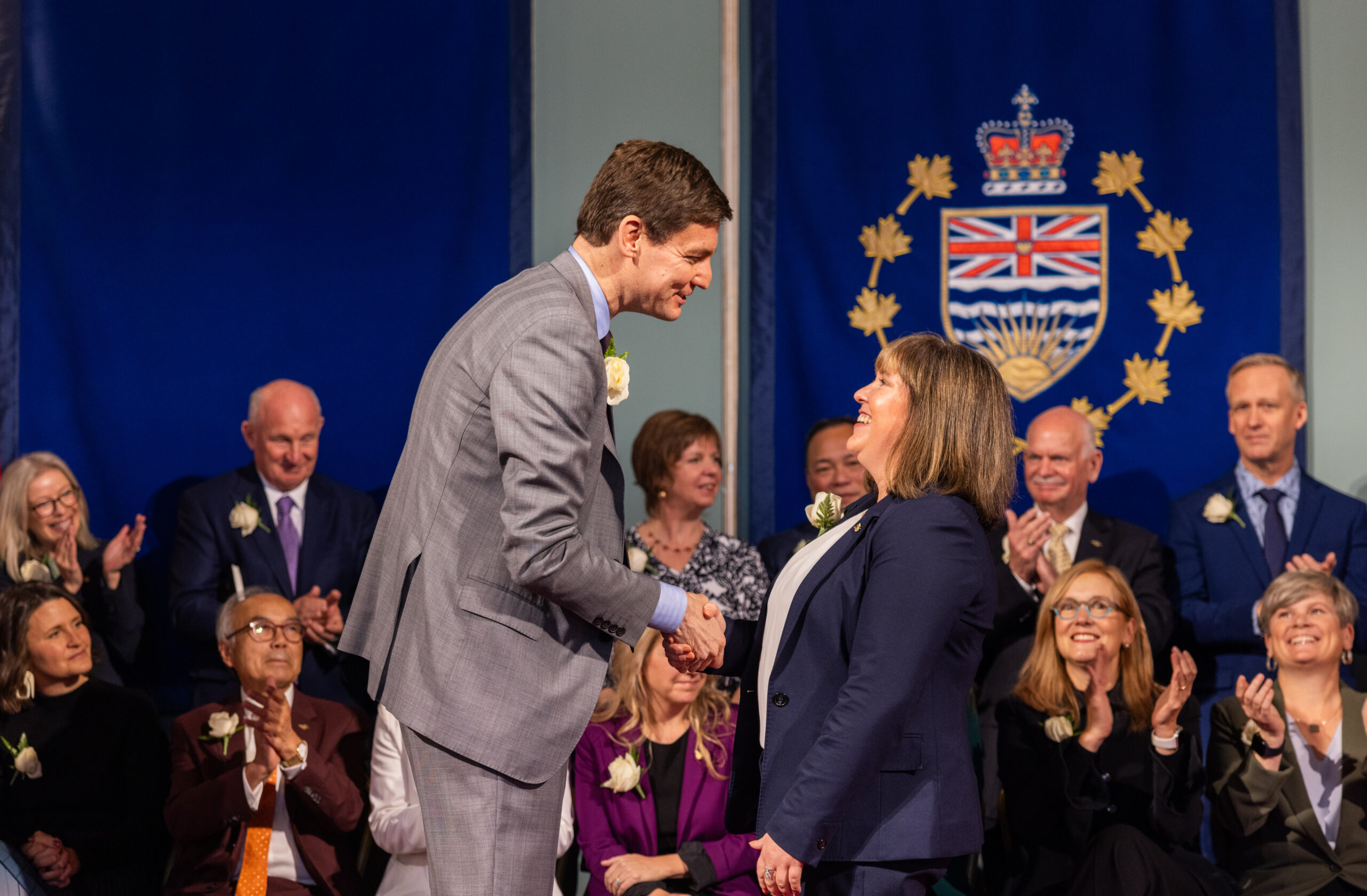
The PRGT pipeline was rerouted from its original destination via an amendment application filed with the B.C. Environmental Assessment Office in June. Without the pipeline, Ksi Lisims would lack a gas supply, making the pipeline crucial to the project’s viability.
In late August, as pipeline construction work began on Nisg̱a’a territory, Hereditary Chiefs from Gitanyow Nation burned agreements and set up an on-going blockade to stop traffic related to the project from crossing their territory, which border Nisg̱a’a lands. The chiefs are among those who say they will take whatever action is necessary to stop the pipeline project.
By Nov. 25, enough physical work must be completed on the pipeline to meet the threshold to receive a “substantially started” designation from the province, which would lock in the 2014 environmental assessment certificate. If the project fails to meet the threshold, the proponents will be required to start the environmental assessment process from scratch.
While the technical work of assessing whether the project meets the “substantially started” designation will be done by the assessment office, Davidson — the first Haida Nation member elected provincially in B.C. — will be the face of the decision.
During the election campaign, the BC Greens said they supported letting PRGT’s environmental assessment certificate expire.
After seven years serving as B.C.’s health minister, longtime NDP MLA Adrian Dix now helms a revamped ministry called Energy and Climate Solutions. Dix will oversee the province’s electricity, alternative energy and oil and gas sectors.
As minister, Dix will shepherd the biggest fossil fuel boom in B.C.’s history, as fracking operations intensify in the province’s northeast to supply the new LNG export sector with gas. While the BC NDP championed LNG during its previous two terms in government, the Greens oppose new LNG projects and want to phase out fracking operations.
Dix brings a wealth of cabinet experience to a file “critically important” for the province’s future, according to Eby. The former health minister is also tasked with ensuring B.C.’s energy policies align with its climate goals.
“The demand for clean electricity has never been higher, whether it’s because of [artificial intelligence] or hydrogen or existing operations like mining that want to decarbonize,” Eby told reporters after the swearing-in ceremony. “I need someone who can deliver and Adrian is that minister.”
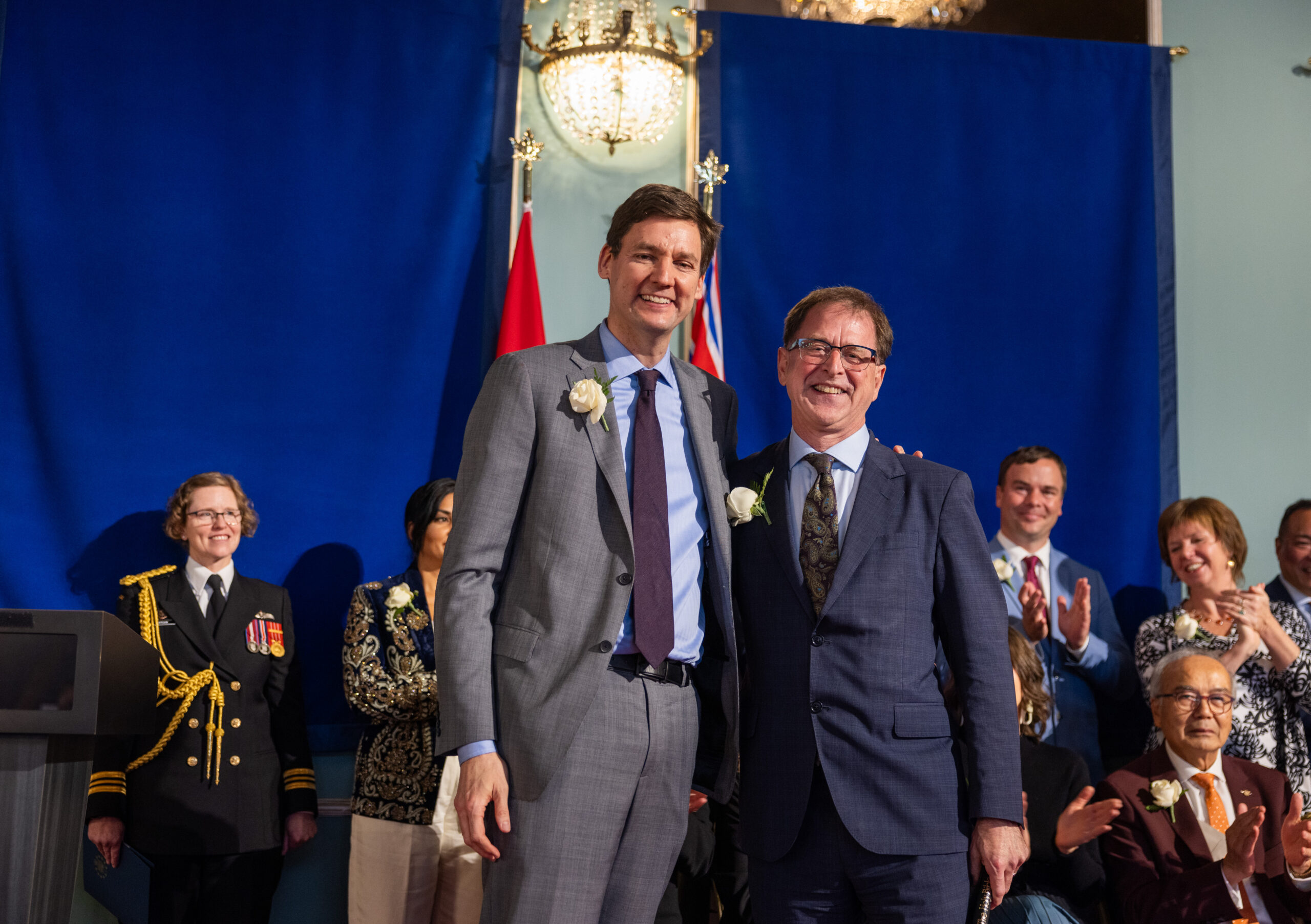
In his new role, Dix will also be responsible for the Climate Action Secretariat — previously part of B.C.’s environment ministry — and guide efforts to achieve B.C.’s emission reduction targets while helping the province prepare for and adapt to climate change.
Asked by The Narwhal about the optics of overseeing both the fossil fuel sector and efforts to lower carbon emissions, Dix said it makes sense to take a holistic view of energy production and emissions reduction.
“I think it’s important to face these issues together and not in separate places,” he said during a media availability following the swearing-in ceremony.
Dix is also responsible for shepherding the new publicly funded North Coast transmission line, which would run from Prince George to Terrace. The $3-billion line would provide hydroelectricity for a range of industrial customers, including LNG Canada, Cedar LNG, the Port of Prince Rupert, hydrogen projects and new metal and critical minerals mines. B.C. wants federal taxpayers to cover half the cost.
Electricity for the high-voltage line would come in part from the publicly funded $16-billion Site C dam on B.C.’s Peace River. As The Narwhal previously reported, BC Hydro has suggested replacing an environmental assessment for the North Coast transmission line with a speedier “alternative streamlined process.”
“I think it’s very exciting work,” Dix said of his new responsibility for the transmission line, which will affect property owners, farmland, waterways and at-risk species. “[It’s] very important for economic development projects, but also for climate change … for jobs and clean energy.”
One big change in the new cabinet is that mining is no longer under the energy ministry’s umbrella. B.C.’s mining industry will now be overseen by a stand-alone ministry helmed by Surrey-Fleetwood MLA Jagrup Brar, who previously served as minister of state for trade.
In his new role, Brar is set to introduce reforms to the Mineral Tenure Act. The law is likely to be one of the first pieces of legislation put forward in the spring session, following a decision by the B.C. Supreme Court ordering the province to overhaul its mineral claims system.

The ruling was the result of a legal challenge brought by the Gitxaała Nation and Ehattesaht First Nation, arguing B.C.’s system for assigning rights to minerals is based on a “colonial holdover,” which allowed claims to be made in their territories without consultation.
The province’s existing online system allows almost anyone to make a mineral claim with a few clicks and a fee There is no duty to consult or notify relevant First Nations before making the claim or exploring the area with handheld tools.
Brar will also oversee the next steps in B.C.’s critical minerals strategy. “Critical minerals” is a broad term that covers a range of materials needed to produce electronics, including cell phones and computers, wind turbines, solar panels and batteries — crucial components of the energy transition.
According to the province, B.C. is home to deposits of 16 of Canada’s national list of 34 critical minerals. It is the only place in Canada to produce molybdenum, an element primarily used to improve steel alloys.
B.C. launched the first phase of its critical minerals strategy in January, aiming to streamline critical minerals projects and capitalizing on available federal funding.
According to the province, 17 new critical minerals mines are proposed across B.C.
Langford-Highlands MLA Ravi Parmar is the new forests minister, responsible for the province’s old-growth forests strategy and weighty decisions such as whether to extend the Fairy Creek old-growth logging deferrals.
Parmar will be in charge of delivering on the NDP’s campaign promise to finish implementing landmark recommendations from the 2020 old-growth forest strategic review, which called for a major shift in how B.C. manages its forests. Only two of the old-growth review’s 14 recommendations are at an advanced stage of implementation, according to a May update from the province, while nearly half were still in the “initial action” stage.
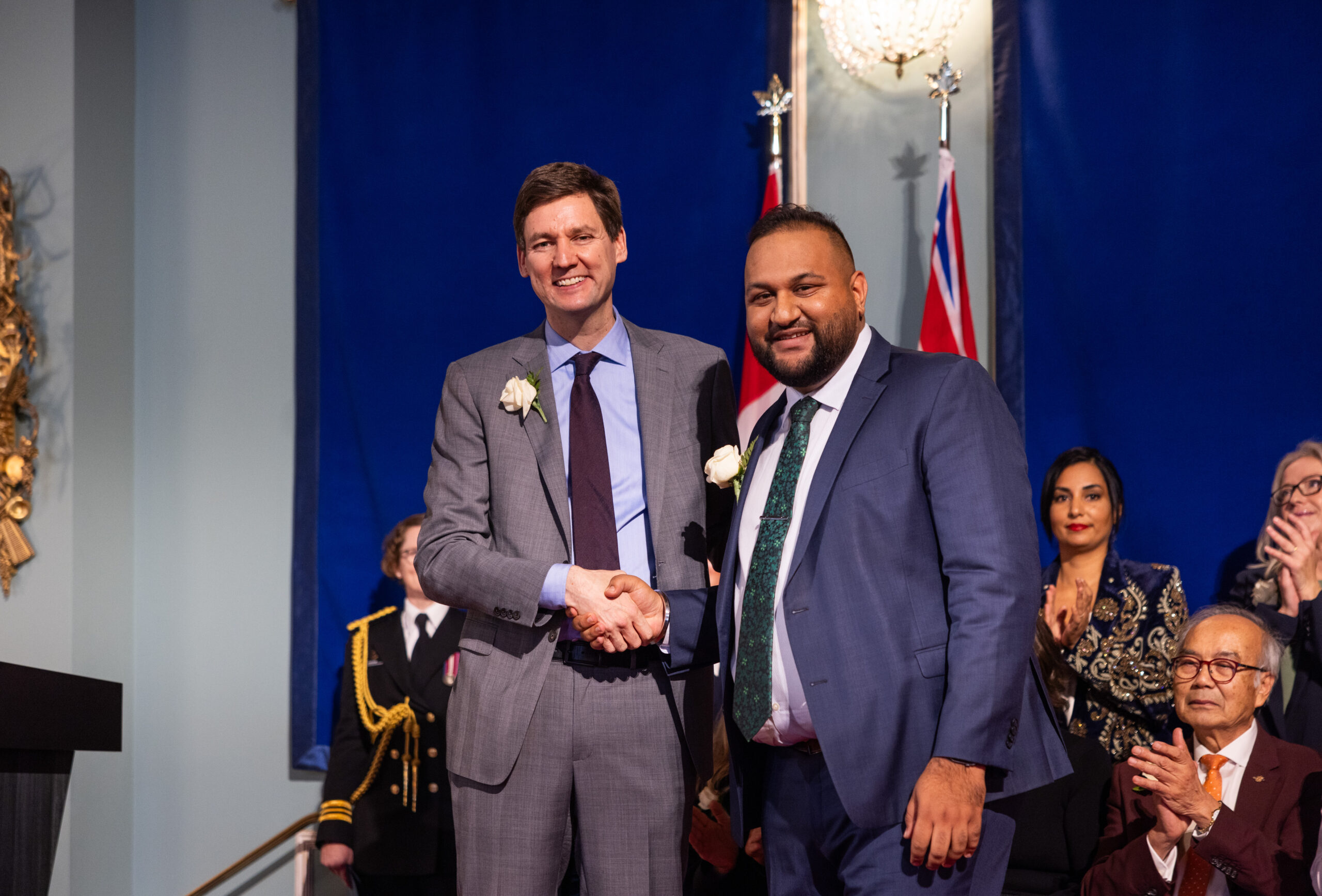
The review resulted in logging deferrals in pockets of old-growth forest around the province, mostly with the support of local First Nations. That includes the Fairy Creek area in Pacheedaht First Nations territory.
In 2021, the largely intact old-growth valley on the south west coast of Vancouver Island became the site of the largest civil disobedience action in Canadian history. Following the arrest of more than 1,100 people, and at the request of Pacheedaht First Nation, the B.C. government deferred just over 1,180 hectares of Fairy Creek old-growth forest from logging in June 2021.
That deferral expires on Feb. 1, 2025, putting Fairy Creek near the top of the list of decisions Parmar will have to make during his first months as minister.

Whether the order is extended or ended could hinge on the NDP’s negotiations with the Green Party caucus. During the campaign, the Greens platform included commitments to defer logging of at-risk old-growth forests and called for compensation for First Nations for any lost revenues due to logging deferrals.
Following former minister Nathan Cullen’s election loss, Eby named first-time MLA Randene Neill as minister of water, land and resource stewardship. Neill, who represents the Powell River-Sunshine Coast riding, will be in charge of realizing the NDP’s commitment to protecting 30 per cent of the province’s land by 2030.
B.C. plans to achieve the 2030 protection target partly by creating new Indigenous protected areas, according to Cullen’s 2022 mandate letter.
“Indigenous-led conservation through land-use planning processes is the way that we’ll achieve durable and diverse conservation,” Cullen told The Narwhal in an interview in May.
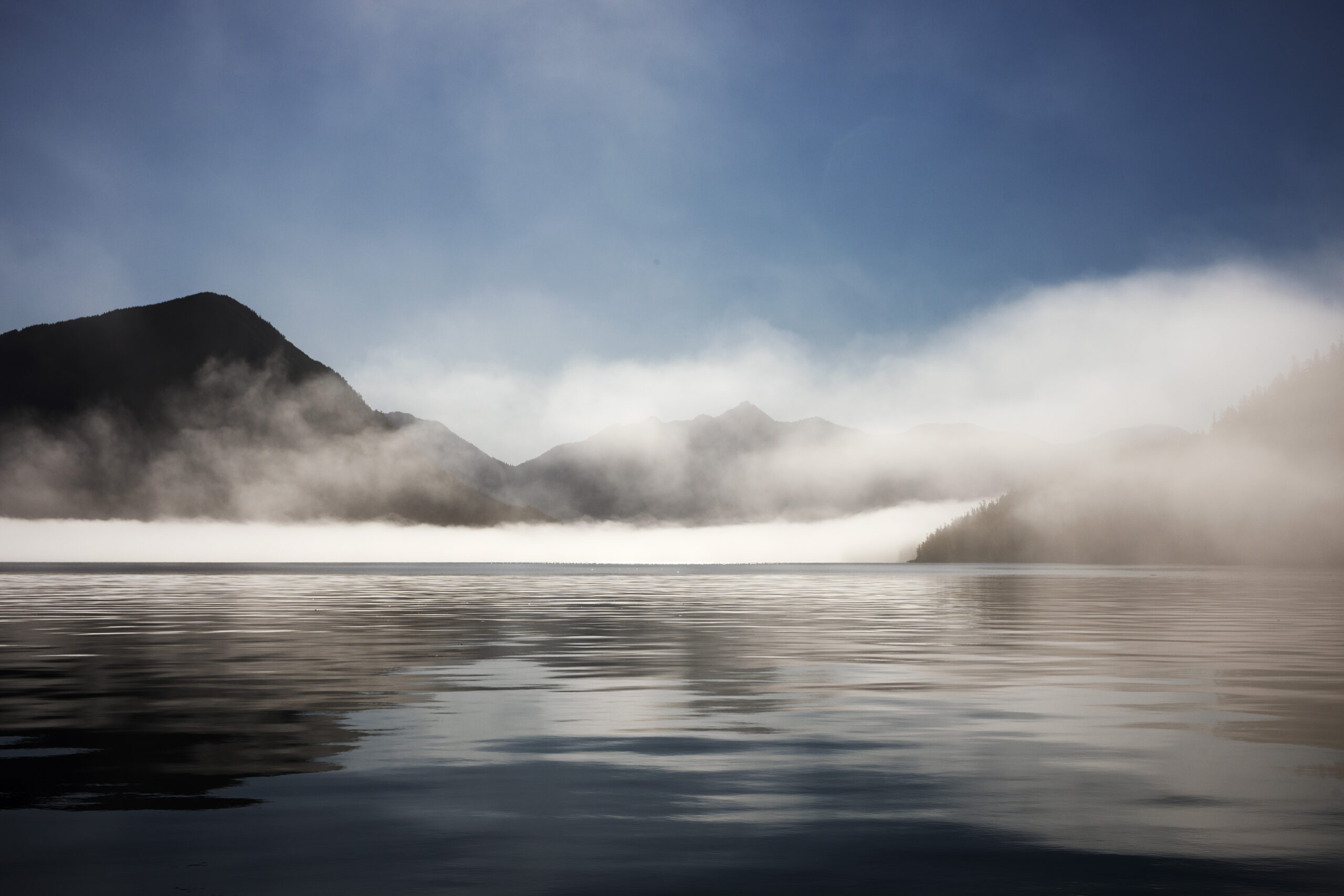
Under Cullen, the ministry began hosting discussions about land management with First Nations, local communities, municipal governments and industry. By May, work on new regional land-use plans was focused on prioritizing local ecosystem health and biodiversity and determining how economic activities — from logging and mining to farming and fishing — fit within those priorities.
As Cullen’s successor, Neill is expected to oversee the completion of the new land-use plans. But she will not have to wade into the most contentious policy her predecessor faced: plans to amend the Land Act to better align the law with the Declaration on the Rights of Indigenous Peoples, by creating a pathway for the province to make joint decisions with First Nations about public land use.
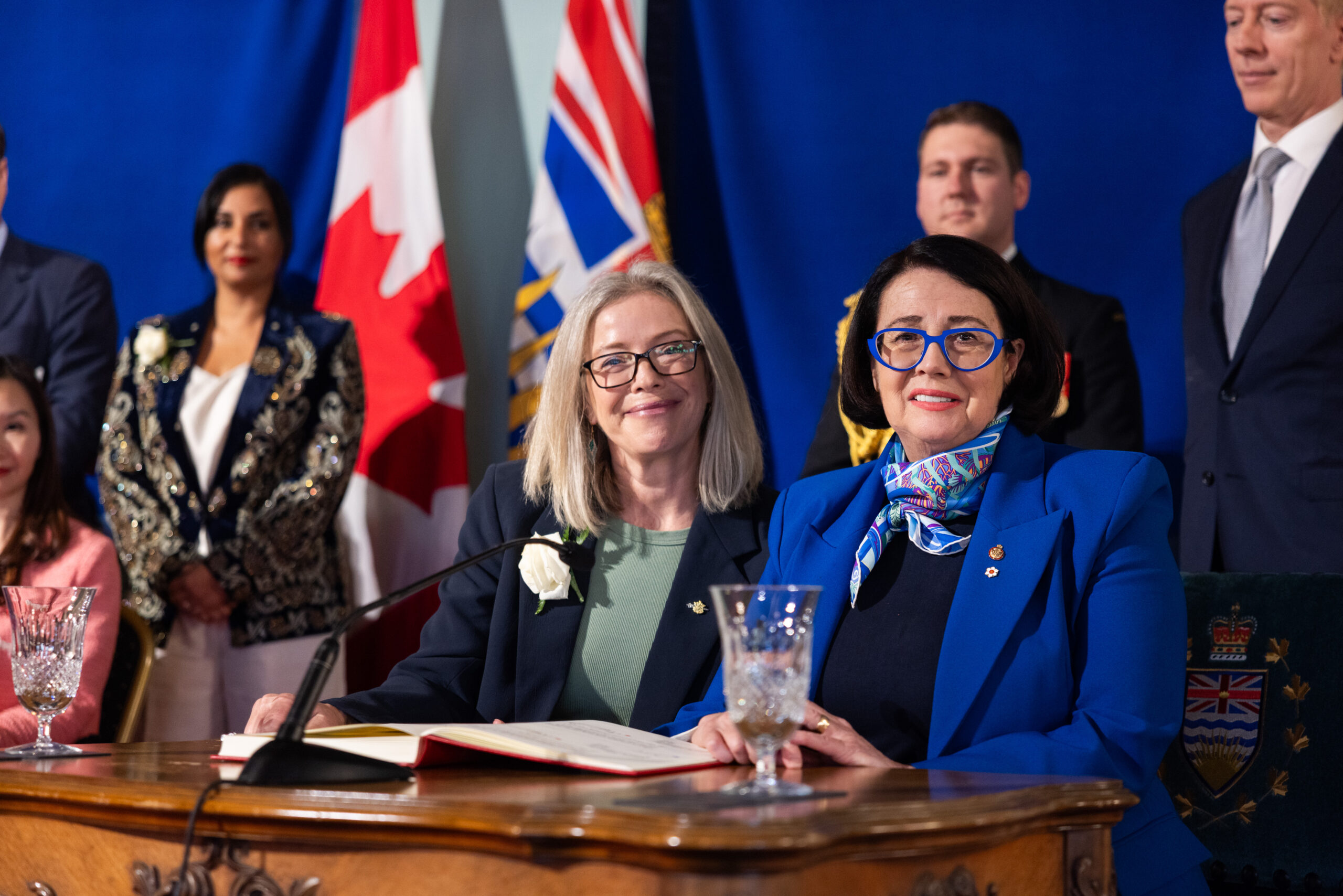
After abandoning plans to introduce the amendments this spring, Eby confirmed in October that his government would not re-introduce the proposed Land Act changes. He said the province needs to do a better job at communicating the benefits that come from partnerships with First Nations.
The planned Land Act changes were part of a broader commitment to align provincial laws with the United Nations declaration, a key priority for B.C.’s Declaration on the Rights of Indigenous Peoples Act. While the act received unanimous consent when it passed in the legislature in 2019, it has become contentious as the broader implications of its implementation become clearer. BC Conservatives Leader John Rustad promised to repeal the law if his party formed government following the Oct. 19 provincial election.
Even though the Land Act changes are off the table, making the path forward somewhat murky, the BC NDP government has promised to continue implementing the declaration. The party’s campaign platform made multiple commitments to working with First Nations on policies that cross ministerial boundaries. Leading that effort is another new MLA: former Vancouver city councillor Christine Boyle.
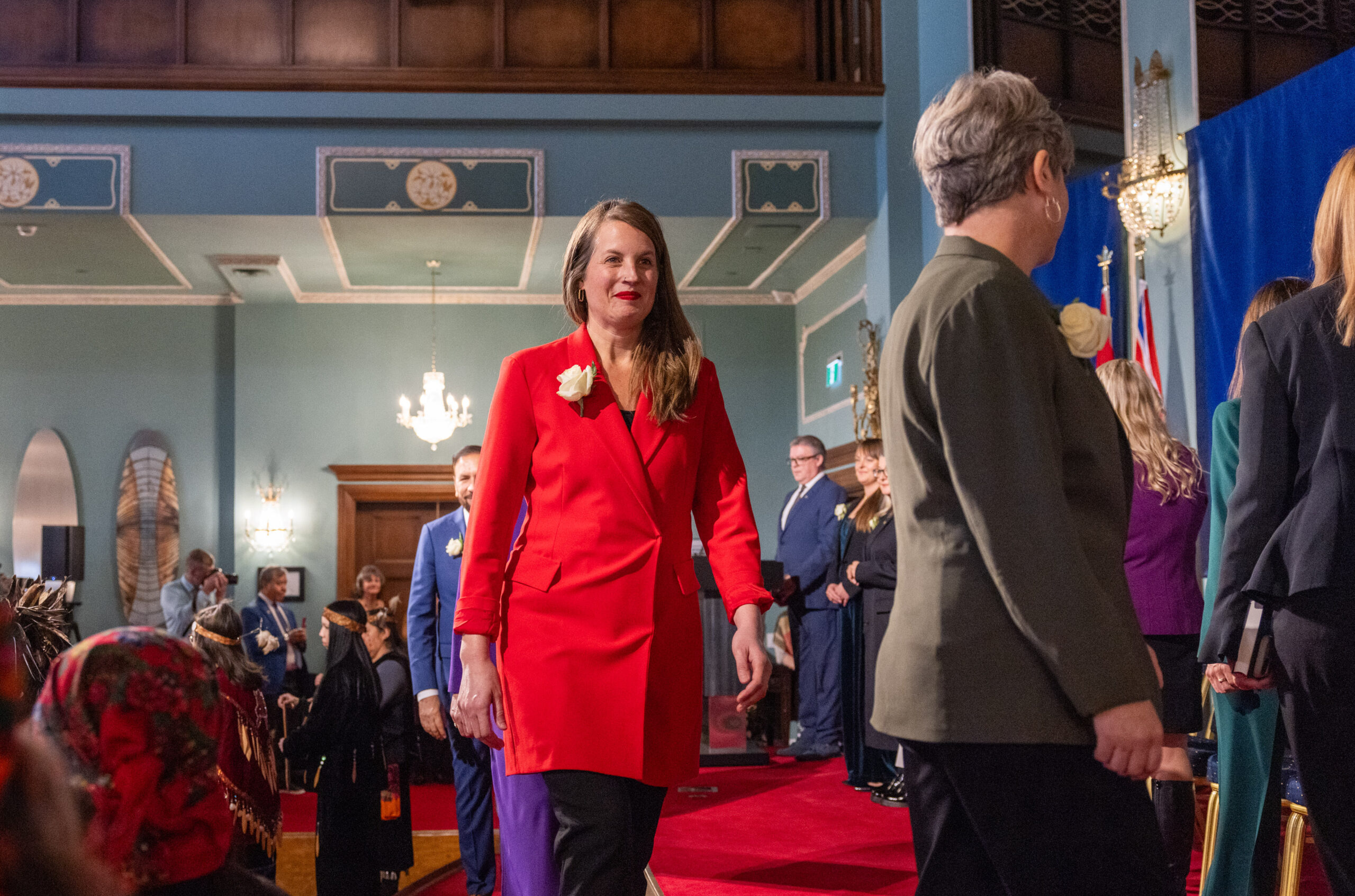
Boyle, who succeeded former environment minister George Heyman to represent the urban Vancouver-Little Mountain riding, helped lead the effort to integrate the UN declaration into the City of Vancouver’s operations during her time on council.
“Our [team] is one of the most diverse the legislature has ever seen,” Boyle posted on BlueSky, commenting on the election of four Indigenous women, including Davidson, to the BC NDP caucus. “Getting to work to build a better province for everyone.”
Get the inside scoop on The Narwhal’s environment and climate reporting by signing up for our free newsletter. On a warm September evening nearly 15...
Continue reading
Sitting at the crossroads of journalism and code, we’ve found our perfect match: someone who...

The Protecting Ontario by Unleashing Our Economy Act exempts industry from provincial regulations — putting...

The Alberta premier’s separation rhetoric has been driven by the oil- and secession- focused Free...
